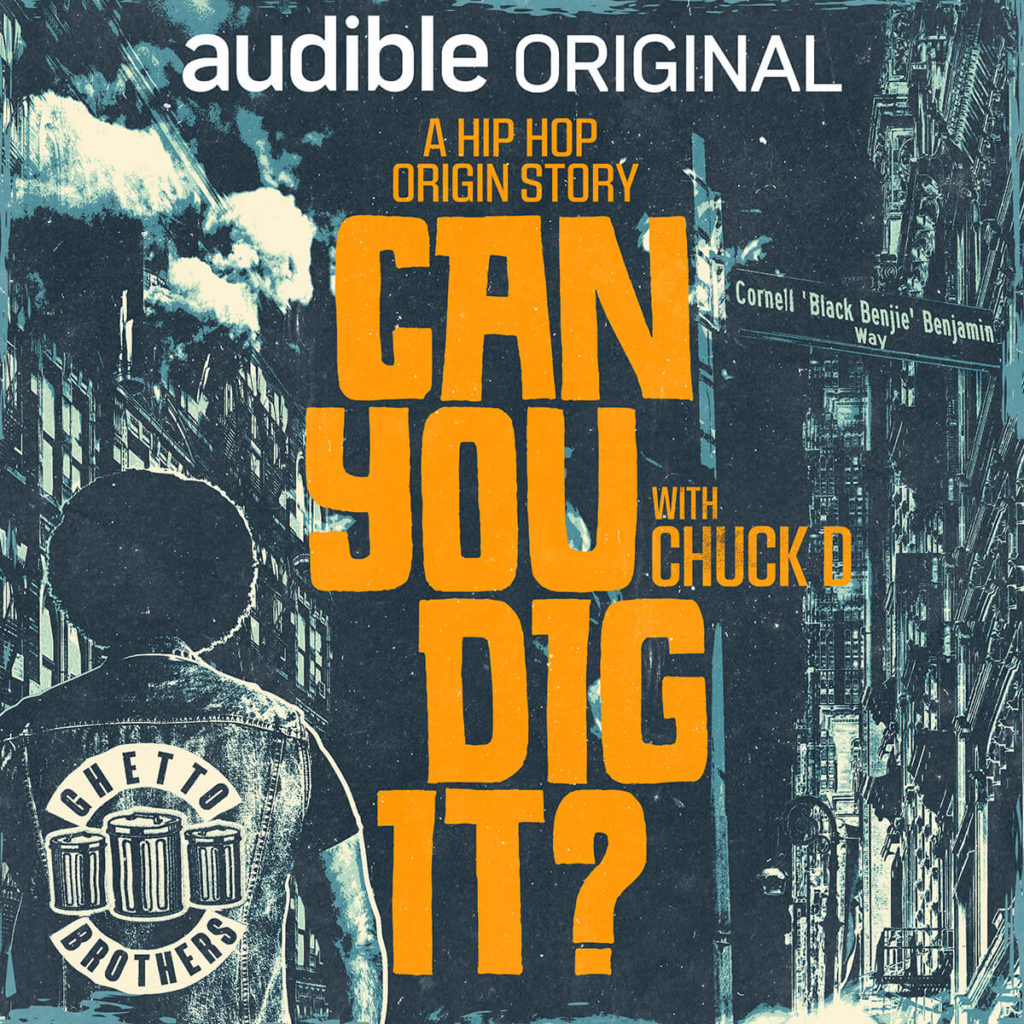
Can You Dig It
Are you ready for the greatest American story you’ve probably never heard?
The Bronx, 1971. The story of South Bronx gang, the Ghetto Brothers, and their evolution from street gang to peacemakers – and from peacemakers to enablers of Hip Hop culture – reads like a fairytale…or at least a fictional Hollywood script. But every word of it is true. These ambitious, courageous and visionary young men are unsung heroes in the history of Hip Hop…until now.
New York City was under siege: dis-investment, urban planning, crime, poverty, oppression…and to the youth of these communities, gang-life was the only light in a very dark tunnel. South Bronx gang, the Ghetto Brothers were one of the largest and most-feared gangs, but they also operated outside of the normal confines of street life: why fight each other, when they should band-together against the system that oppresses them? With this in mind, Ghetto Brother President, Benjamin “Yellow Benjy” Melendez, strategically evolved the position of Warlord into Peacemaker, and filled that position with the very diplomatic personality of Cornell ‘Black Benjie’ Benjamin.
But, Black Benjie’s first peacemaking-mission would also be his last: on December 2, 1971 he would be brutally attacked and killed, while actively practicing what he preached. This was the moment. Yellow Benjie had a decision to make: avenge his brother’s death, or break the cycle of violence and broker peace. The Ghetto Brothers’ decision would be guided by three critical influences from within their community: art teacher and youth-advocate/mentor, Rita Fecher; community-activist and supporter, Evelina Antonetty; and Joseph Mpa and the Black Panther Party. Spoiler alert: the positive influences made a lasting impression.
A week later, over 50 gangs from the New York area agreed to meet peacefully at the Boys Club in the Bronx, where Yellow Benjy and the Ghetto Brothers offered a truce to put down their weapons against each other, and work together to make their community better. This became known as the Hoe Ave Peace Treaty of 1971, and has a direct correlation to the birth of Hip Hop.
The peace treaty dismantled turf wars, allowing for people to socially come together in new and exciting ways; allowing for the spreading and sharing of ideas, cultures, artforms and visions; allowing for social gatherings…like the party that happened on August 11, 1973 at 1520 Sedgewick Ave in the Bronx.
The death of Black Benjie, and Yellow Benjy’s call for peace, set everything in motion: no death, no peace; no peace, no Kool Herc party; no party, no Hip Hop.
